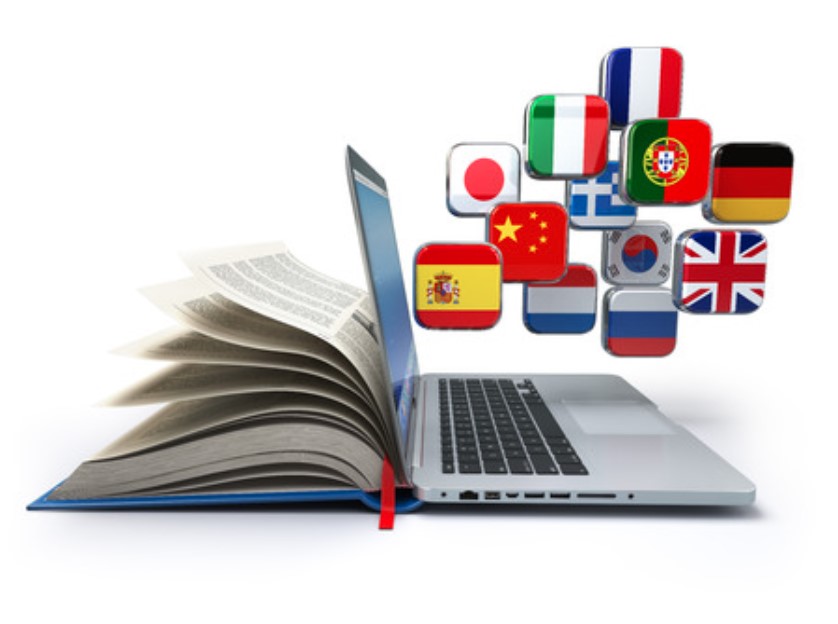Producing error-free translations into Dutch is a task that requires not only excellent language proficiency but also a deep understanding of culture, context, and the specific nature of the text. Dutch is one of the key European languages in the context of trade, law, and education. High-quality Dutch translations are essential across various industries—from law and medicine to marketing and technology. The language has a rich history and culture and is full of nuances, idioms, and grammatical subtleties. Ensuring error-free translations requires a combination of linguistic knowledge and practical experience. In this article, we will discuss the key aspects that influence the quality of Dutch translations, the most common errors, and ways to avoid them.

Translation Errors
Translation errors into Dutch may involve grammatical, stylistic, and cultural issues. The language is characterized by numerous grammatical nuances and a specific syntax. A translator working with this language must be aware of all the potential issues that may arise during the translation process. That is why it is crucial to aim for maximum precision and linguistic accuracy in translations. Errors can lead to cultural misunderstandings and loss of meaning, which may result in a damaged professional image in the eyes of business partners.
Accurate translation requires consideration of the following aspects:
Cultural context – some expressions or idioms only make sense in specific cultural situations.
Terminological specificity – particularly important in technical, legal, or medical texts.
Language style – adjusting tone and style to the target audience.
The Most Common Errors in Dutch Translations (Error-Free Translations into Dutch)
One of the most common mistakes is the literal translation of idioms. These present a major challenge in translation. A literal translation of certain phrases can result in incomprehensible constructions and misinterpretations. The Dutch language contains many idioms that have equivalents in other languages but often require adaptation, which demands familiarity with local expressions and cultural context. Understanding the author’s intent in the original text and being aware of the cultural background of the target audience helps avoid misunderstandings and misinterpretations. A professional translator must analyze, interpret, and translate the content in a way that conveys the meaning without distortion.
Another significant category of errors is grammatical mistakes. The most frequent include incorrect use of past tenses, sentence structures, and improper use of articles.
The Dutch language has two main variants: Dutch (as spoken in the Netherlands) and Flemish (as spoken in Belgium). The differences involve not only pronunciation but also vocabulary and communication style. A translator must be aware of these differences and adjust the text to the target audience. Moreover, ignoring the local communication style can lead to misunderstandings. Dutch is characterized by directness and simplicity in communication. A translation that is too formal or elaborate may seem unnatural to audiences in the Netherlands or Belgium. On the other hand, excessive simplicity can be perceived as unprofessional.
How to Avoid Errors in Translation?
Professional translators use specialized CAT (Computer-Assisted Translation) tools to avoid mistakes during the translation process. These tools streamline the workflow and ensure terminological consistency, which is especially important for specialized texts such as medical, technical, legal, and administrative content. Additionally, specialists use both traditional and electronic specialized dictionaries and terminology databases to reduce the risk of errors.
Moreover, many translation agencies employ experts specialized in specific industries, which also helps reduce the occurrence of mistakes. Many translators for whom Dutch is not their native language consult with native speakers. These native speakers are invaluable in the translation process as they have intuitive knowledge of the language and culture. Consulting with a Dutch-speaking person helps avoid stylistic and grammatical errors.
Translators should also adapt the text to a specific target group. Before starting a translation, it is essential to identify the target audience – their age, level of education, and communication purpose. For example, a marketing text aimed at young people should be dynamic and full of modern expressions, while a legal document must maintain a formal tone.
To minimize the risk of errors, translators should continuously develop their language skills and deepen their knowledge of Dutch-speaking countries’ cultures. Reading local newspapers, watching films, or participating in language courses are excellent ways to improve translation quality.
Professional translation agencies implement a multi-stage verification process, which also helps avoid unwanted errors. In addition to translators, they employ editors and language proofreaders. It is proofreading that eliminates errors that may have slipped through in the initial translation.
Conclusion
Error-Free Translations into Dutch is a process that requires great attention, precision, and knowledge of both linguistic and cultural aspects of the language. To avoid mistakes, one should use professional tools, consult with native speakers, and continuously refine one’s skills. Another key element is adapting the text to the target audience and taking into account the specific nature of the content. In today’s world, which increasingly relies on intercultural communication, high-quality translations are essential in both business and everyday life. A translator should not only be a language expert but also a cultural ambassador of the given country – this makes it possible to create translations free from errors. Collaboration with professionals, contextual awareness, and continuous skill development are the best path to accurate and effective translations.



